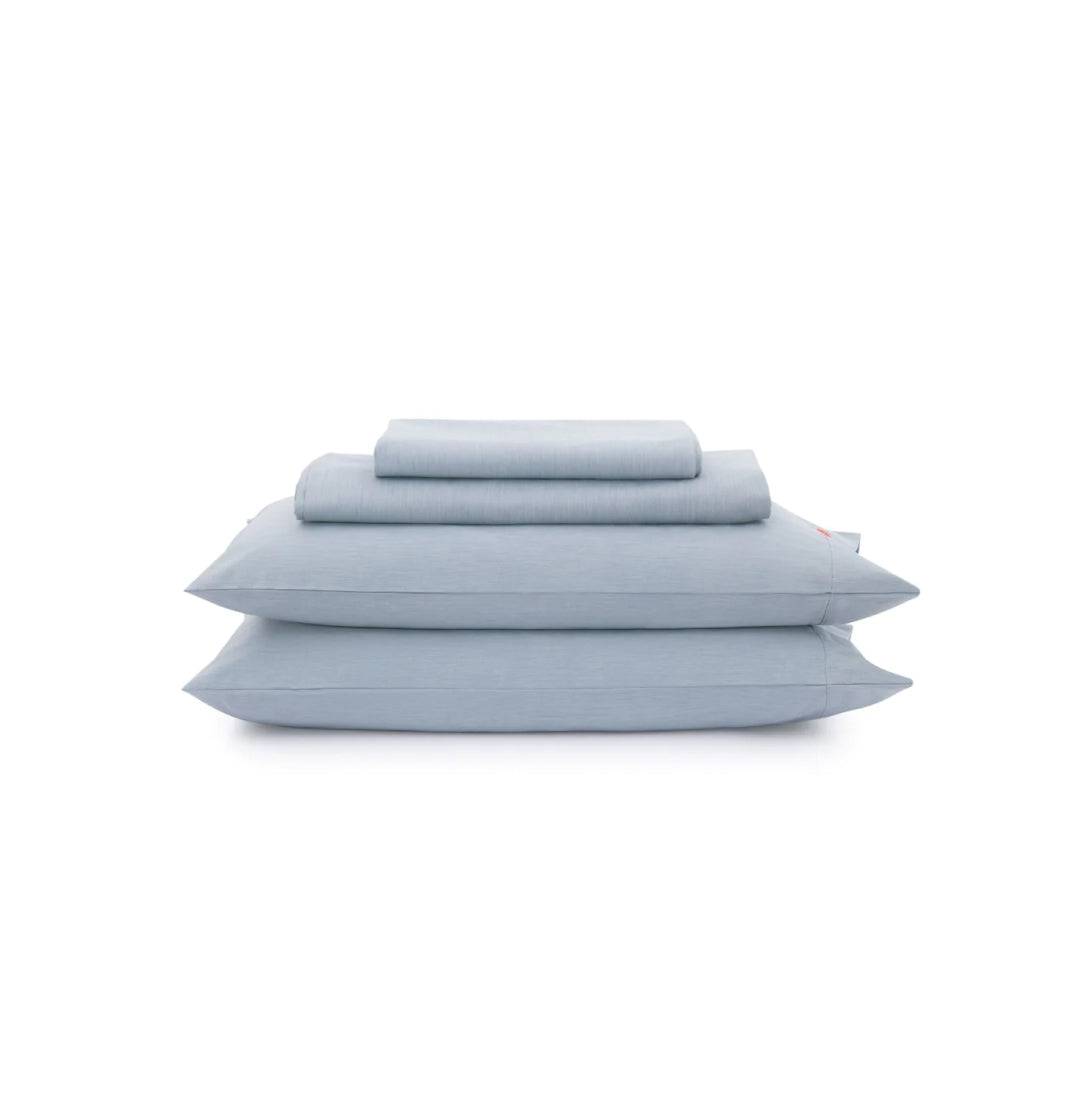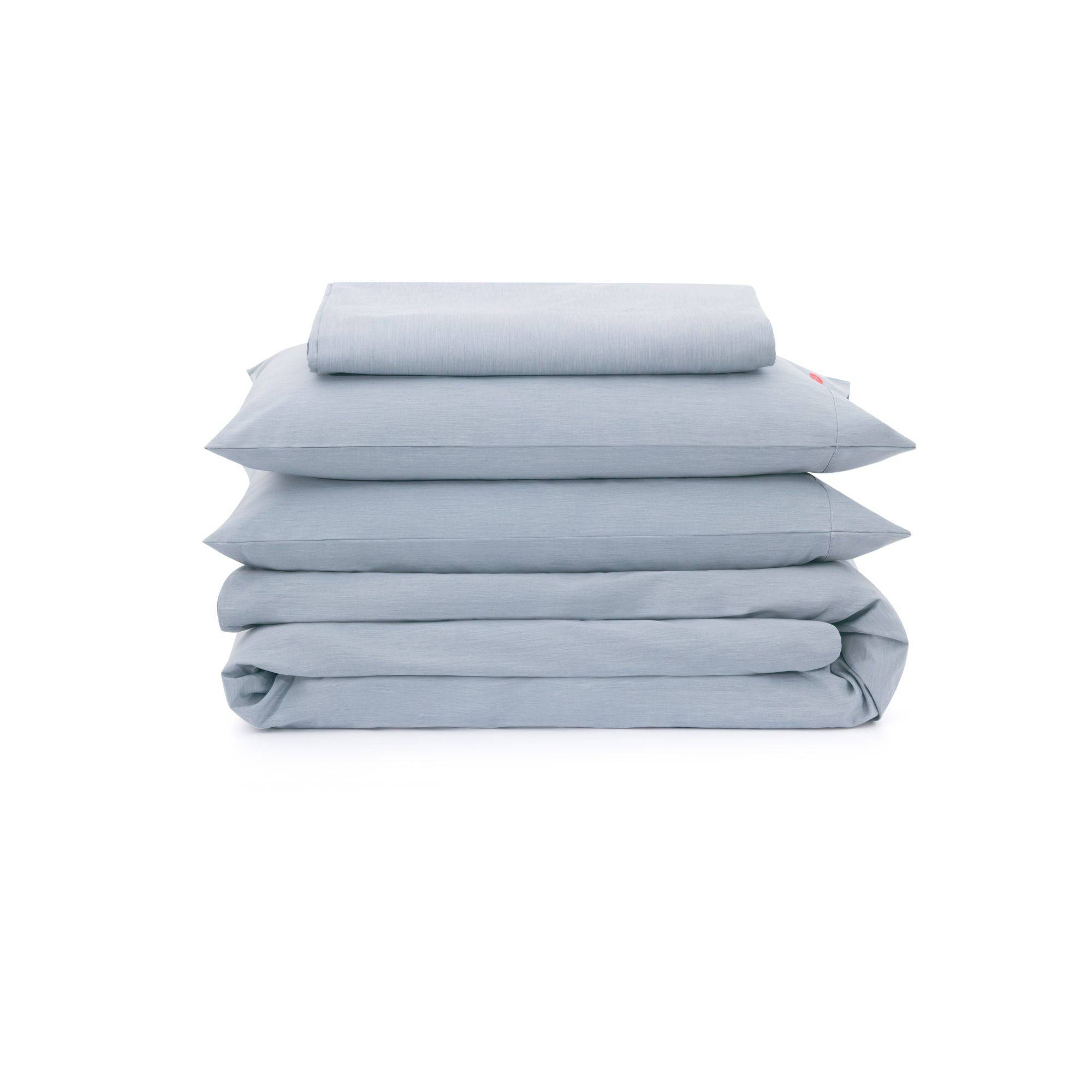SYNTHETIC DYES
Synthetic dyes are dyes that are made from synthetic chemicals and are not derived from natural materials. Known as polymers, these synthetic chemicals are derived from petrochemicals (i.e. oil) and are often combined with mercury, lead, chromium, copper, sodium chloride, toluene, or benzene. They are commonly used in the textile industry to dye a wide range of fabrics. Some synthetic dyes contain chemicals that are known to be carcinogenic. These chemicals may be used as intermediates in the production of the dye, or they may be present in trace amounts as impurities. Examples of carcinogenic and/or neurotoxic chemicals that have been found in some synthetic dyes include:
- Benzidine: This chemical has been classified as a known human carcinogen by the International Agency for Research on Cancer (IARC). It has been used as a starting material in the production of some azo dyes, which are a type of synthetic dye.
- 4-Aminobiphenyl: This chemical has been classified as a probable human carcinogen by the IARC. It has been used as a starting material in the production of some azo dyes.
- 2-Naphthylamine: This chemical has been classified as a known human carcinogen by the IARC. It has been used as a starting material in the production of some azo dyes.
- 4-Nitrophenol: This chemical has been classified as a possible human carcinogen by the IARC. It has been used as a starting material in the production of some azo dyes.
- Phthalates: Phthalates are a group of chemicals that are commonly used in synthetic dyes to improve their flexibility and durability. Some phthalates have been found to disrupt hormone function and interfere with reproductive development in animals and humans.
- Bisphenol A (BPA): BPA is a chemical that is used in the production of some synthetic dyes. Exposure to BPA has been linked to reproductive problems, including reduced sperm count and motility, in animal studies.
- Aniline (Synthetic Indigo): According to the CDC: “Aniline can be toxic if ingested, inhaled, or by skin contact. Aniline damages hemoglobin, a protein that normally transports oxygen in the blood. The damaged hemoglobin can not carry oxygen. Aniline is a chemical responsible for the production of synthetic indigo dye.
While indigo in its pure form is a herbal medicine, anilin in its pure form is a deadly neurotoxin.
WHY THEY PERSIST
While many countries have banned or restricted the use of certain chemicals in synthetic dyes, these chemicals may still be present in some textiles due to a variety of reasons: • Lack of enforcement: Even if a chemical is banned or restricted, it may still be used by some manufacturers who are not following regulations or are operating in countries with less enforcement.
- Use of imported materials: Some textiles may be manufactured in countries where certain chemicals are not regulated or are allowed at higher levels. These textiles may then be imported into other countries and sold to consumers.
- Lack of transparency: It can be difficult for consumers to know which chemicals are used in the textiles they purchase, as manufacturers are not always required to disclose this information. Even if a chemical is banned or restricted in one country, it may still be used in another without the consumer’s knowledge.
- Persistence in the environment: Some chemicals, such as heavy metals and PFAS, can persist in the environment for a long time and may contaminate soil, water, and air. As a result, even if a chemical is no longer used in manufacturing, it may still be present in the environment and can find its way into textiles through various means.
So how can a consumer – or a brand, for that matter – know for sure that their textile is free from all harmful synthetics?
The short answer is, they can’t. But if none are allowed to begin with, third-party testing is done on the wastewater, and random batch-testing is performed to ensure the integrity of the products, then there is at least a good chance.
This is what AIZOME does.







 Bedding
Bedding
 Clothing & Accessories
Clothing & Accessories
 Artisan Line
Artisan Line



Leave a comment
This site is protected by hCaptcha and the hCaptcha Privacy Policy and Terms of Service apply.